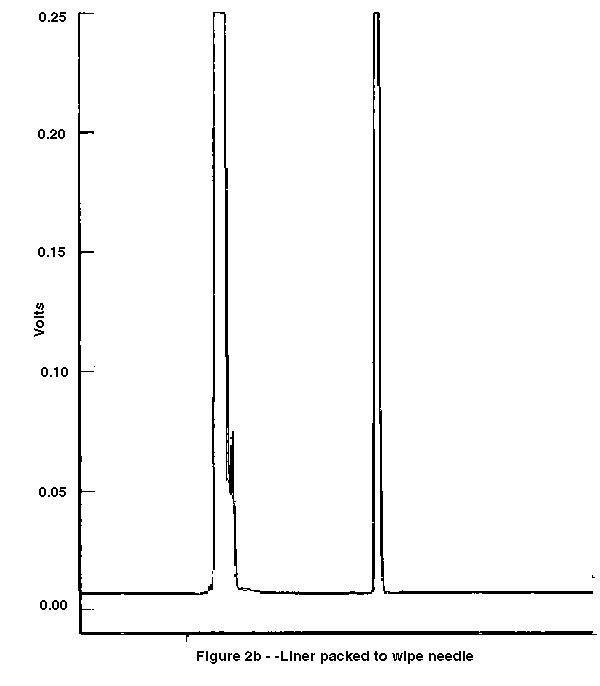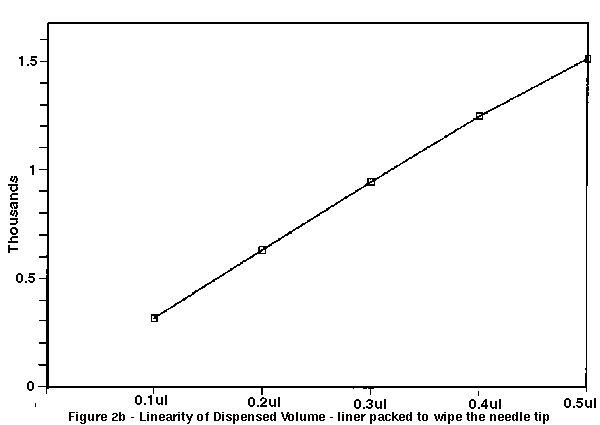- ▶
- Heaters/Source
- ▶
- Agilent Heaters and SensorsMass Spectrometry, Scientific Supplies & ManufacturingScientific Instrument Services 5973 Source Heater Tamper Resistant Allen Wrench 5973/5975 Quad Sensor 5985 Source Heater Assembly Agilent Interface Heater Assembly 5971 Interface Heater

- ▶
- LiteratureApplication Notes Adsorbent Resins Guide Mass Spec Tips SDS Sheets FAQ MS Calibration Compound Spectra Manuals MS Links/Labs/ Organizations MS Online Tools Flyers on Products/Services Scientific Supplies Catalog About Us NextAdvance Bullet Blender® Homogenizer Protocols Micro-Mesh® Literature Instrumentation Literature Agilent GC/MS Literature SIS News / E-Mail Newsletter NIST MS Database - Update Notifications

- ▶
- Mass Spec Tips1 - Freon for use in Mass Spectrometer Leak Checking 2 - Mass Spectrometer Probe Cooling 3 - Sample Vials for Direct Probes 4 - Selection of Vacuum Pump Oils for Lowest Mass Spec Background 5 - Determination Linkages in Biomolecules of Disulfide 6 - Transfer of H.P. ChemStation MS and GC Chromatograms from PC to MAC Computer 7 - Repairing Clogged Thermospray Probes 8 - Tuning a Finnigan 5100 to Meet BFB or DFTPP Criteria 9 - H.P. 5971 Transfer Line Tip for Direct Introduction of Capillary Column 10 - Troubleshooting Finnigan 5100 GC/MS Systems 11 - Leak Checking Mass Spectrometers 12 - Elimination of Memory Peaks and GC Background Noise 13 - SuperIncos Mapped Software Print Buffer Lockup 14 - Reduction of Peak Tailing 15 - Electron Multiplier Sensitivity 16 - INCOS Procedure for Calibrating on the Finnigan 4500 17 - Extending Electron Multiplier Life 18 - What techniques or methods do you use to determine if the electron multiplier 19- What techniques or methods do you use to detect vacuum leaks in your mass spectrometer 20 - Extending Lenear Range of the Mass Spec Article - Improving Sensitivity in the HP 5971 Mass Spectrometer - Part 1 and Part 2

- ▶
- 14 - Reduction of Peak Tailing (This Page)
 Mass Spec Tips is a collection of tips relating to the operation
and service of mass spectrometers. Some of these Tips have been
reported in our newsletter, "The Mass Spec Source."
If you have a question relating to the operation or service of
mass spectrometers or would like to add your comments to the below
tip and would like to have it included in this forum, please contact us.
Input to this database of MS Tips is needed from our readers
to complete this section.
Mass Spec Tips is a collection of tips relating to the operation
and service of mass spectrometers. Some of these Tips have been
reported in our newsletter, "The Mass Spec Source."
If you have a question relating to the operation or service of
mass spectrometers or would like to add your comments to the below
tip and would like to have it included in this forum, please contact us.
Input to this database of MS Tips is needed from our readers
to complete this section.
Affiliation: Scientific Glass Engineering
The occurrence of peak tailing and poor reproducibility can occur with standard syringe injection of liquid samples into the GC injection port.
This is a common problem which is consistent with slow volatilization of the sample and/or slow transfer of all of the sample onto the column. It occurs with microvolume syringes when the minute sample being delivered from the syringe forms droplets which wet the syringe needle rather than forming a jet of nebulised liquid from the needle tip. As the needle is rapidly withdrawn from the injection port, it is wiped by the septa causing slow secondary vaporisation near the cool septum cap. Not only poor peak shape is observed but sample size reproducibility will be poor.


Position of quartz wool in the injection liner
Resolution of the problem is achieved by effectively wiping the sample from the needle tip during the injection. High speed autosamplers commonly use quartz wool as the liner packing. The position of the quartz wool should be adjusted to achieve effective wiping of the needle.
Theoretically the quartz wool should be placed in the hottest part of the injector, normally the center (Figure #1). In this position, the quartz wool offers no wiping of the needle tip. Figure #1a shows the resultant chromatogram of a 0.3µl injection from a 0.5BR-HP-0.63 syringe into such an injection port. Unacceptable solvent peak tailing and a poor reproducibility (see Table I) results.
0.2µl injection of 0.02% C10 in Heptane chromatographed on a 25QC3/BP1-0.5 column.
Injector 200 degrees C and oven 120 degrees C.
TABLE I - Reproducibility of 15 injections @0.3 µl
Centrally packed liner Liner packed to wipe syringe needle
15 Injections C10 @0.3µl 15 Injections C10 @0.3µl
RSD = 12.73% RSD = 0.57%
By adjusting the position of the quartz wool so that the needle penetrates approximately 1/3rd the way into the quartz wool on injection (Figure #2), the resultant chromatograms show excellent peak shape (Figure #2a) and reproducibility (see Table I). Linearity of dispensed volume is also improved (Figure #2b). The adjustment of the packing position does not alter the boiling point discrimination characteristics of the injection system.
Recommendation
Adjusting the position of the injection point packing so that the needle tip is wiped during injection, improves peak shape, reproducibility and linearity without adversely affecting boiling point discrimination.
Additional Hint:
Do not over tighten the septum cap when using a high speed autosampler. Deformation of the septum may cause leakage during the rapid injection stroke.

